Eurozone Economic Sentiment Indicator (ESI) jumped to 101 in March, up from 93.4, above expectation of 96. It’s now slightly above its long-term average since the pandemic began. Employment Expectations Indicator jumped 6.8 pts to 97.7. Looking at some more details, industrial confidence rose form -3.1 to 2.0, turned positive. Services confidence rose form -17.0 to -9.3. Consumer confidence rose from -14.8 to -10.8. Retail trade confidence rose from -1.1 to -12.2. Construction confidence rose from -7.5 to -2.7.
EU ESI rose 6.9 pts to 100.0, back at long-term average. Amongst the largest EU economies, Germany stood out with the largest monthly improvement of its ESI on record (+7.9) and is currently the only of the ‘big-6’ countries where sentiment returned to above its long-term average. The monthly increases in sentiment in the other big countries were nevertheless very significant, too: Spain (+6.2), France (+5.4), Italy (+4.9), the Netherlands (+4.4), Poland (+3.3).




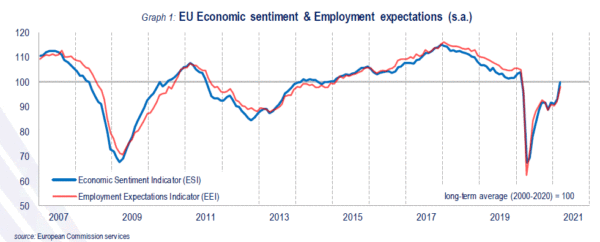
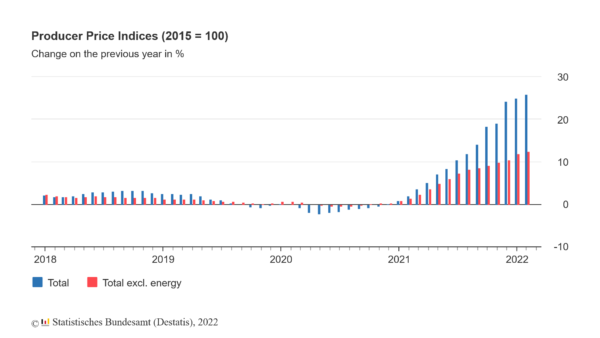
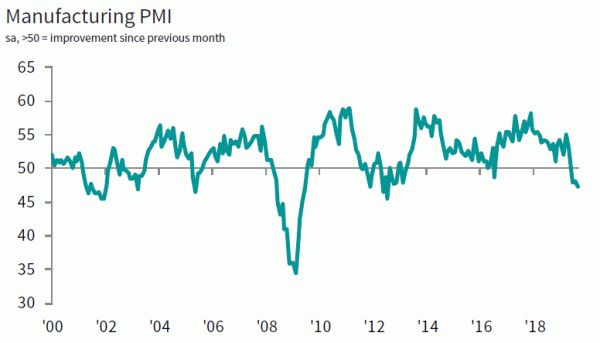
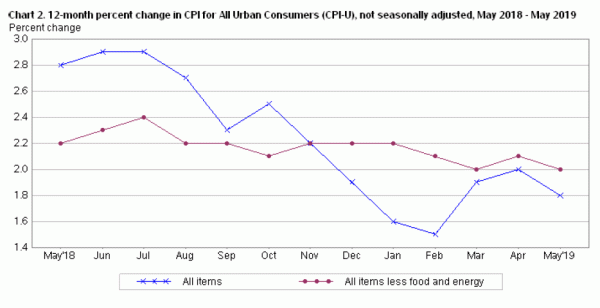
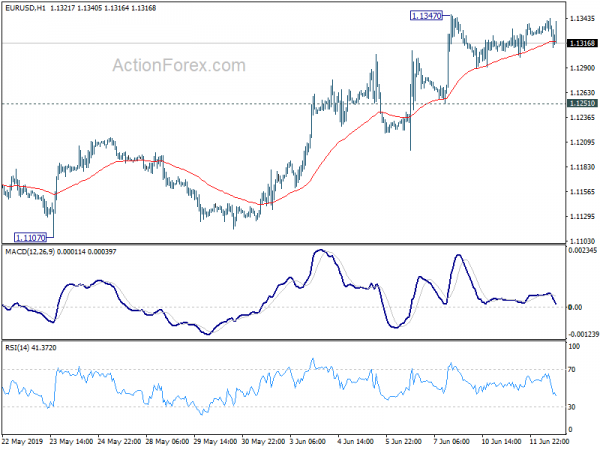
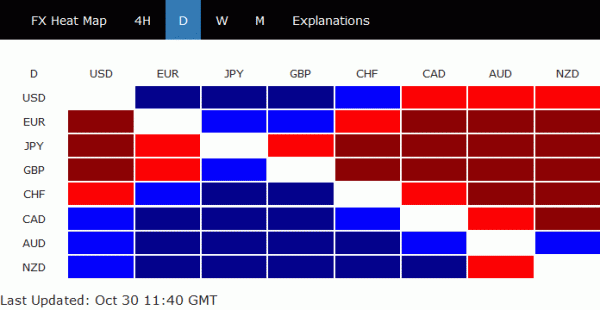
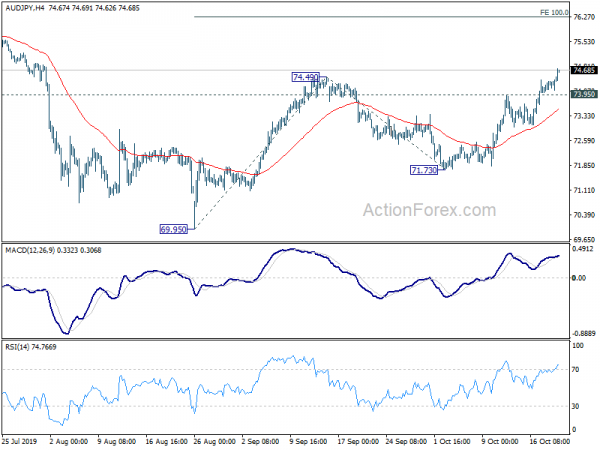
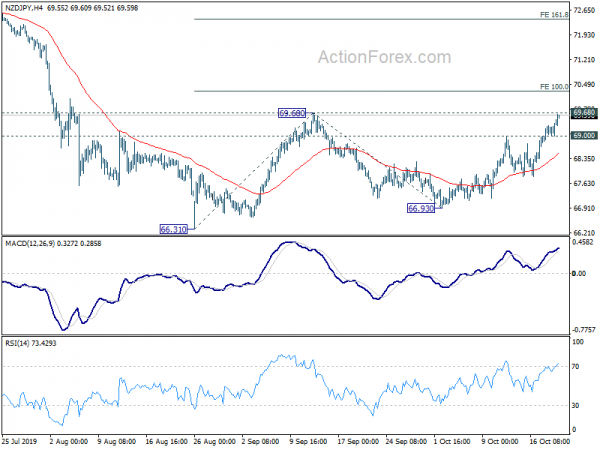
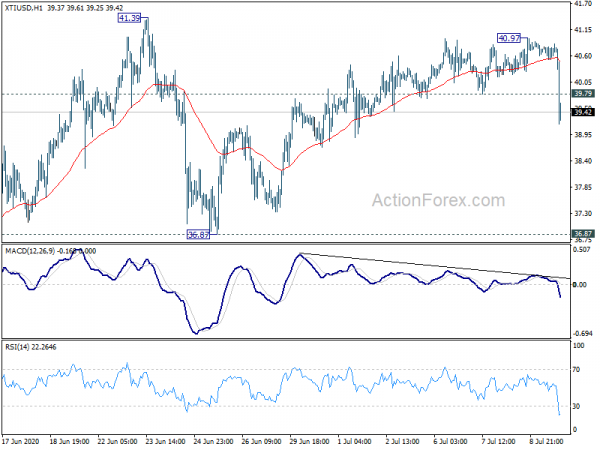
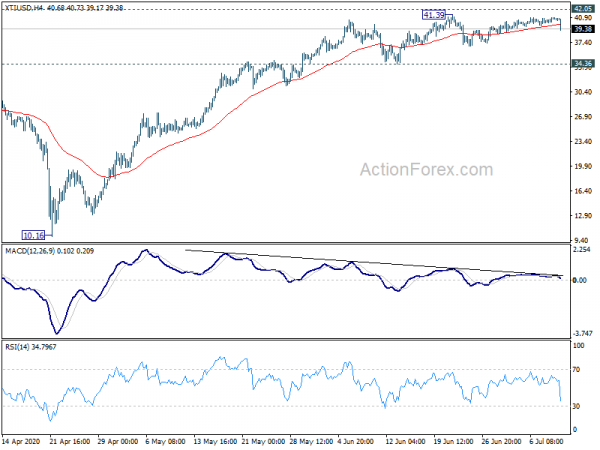
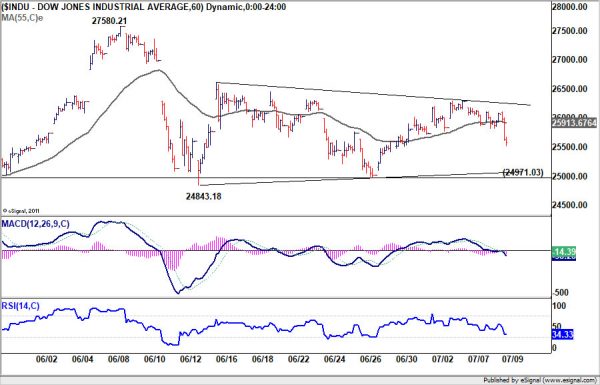
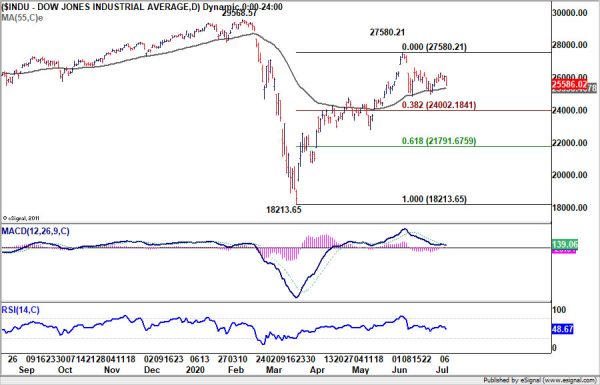

Fed Daly: Going up in 50bps increments makes quite a bit of sense
San Francisco Federal Reserve President Mary Daly said yesterday she’d like to Would like to see continued tightening of financial conditions to help bring down inflation. Yet, 75bps rate hike is “not a primary consideration”.
“Going up in 50-basis-point increments to me makes quite a bit of sense and there’s no reason right now that I see in the economy to pause on doing that in the next couple of meetings,” she added.